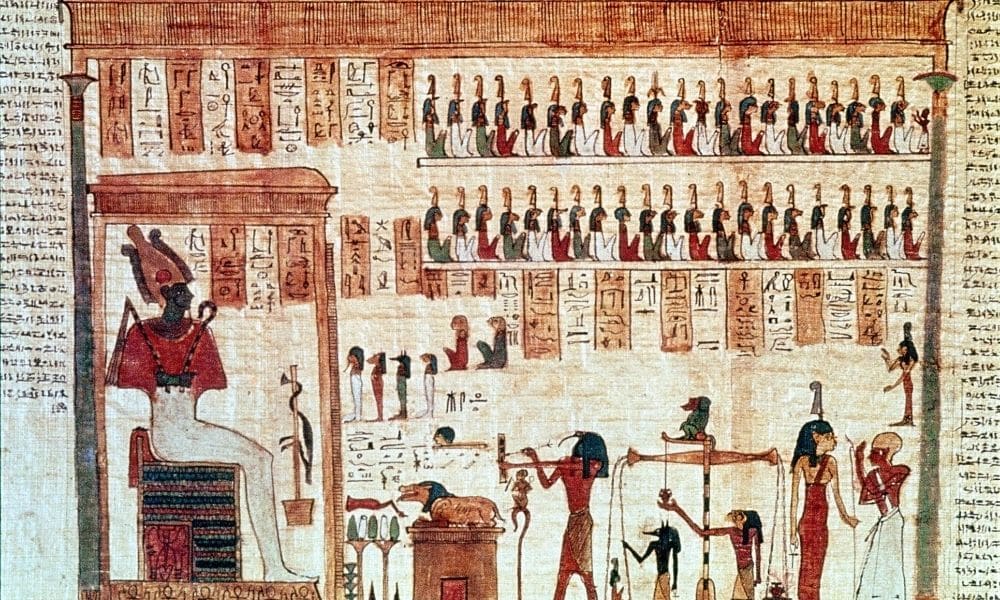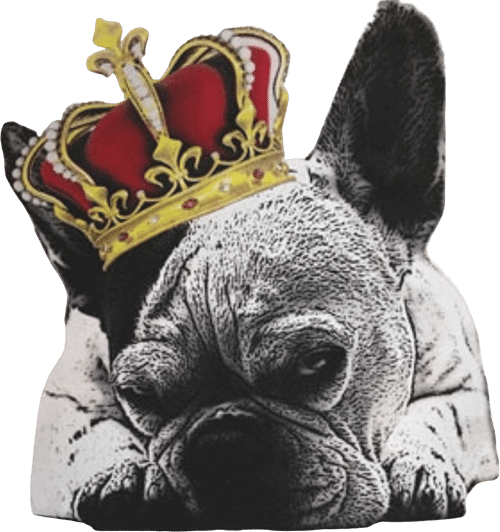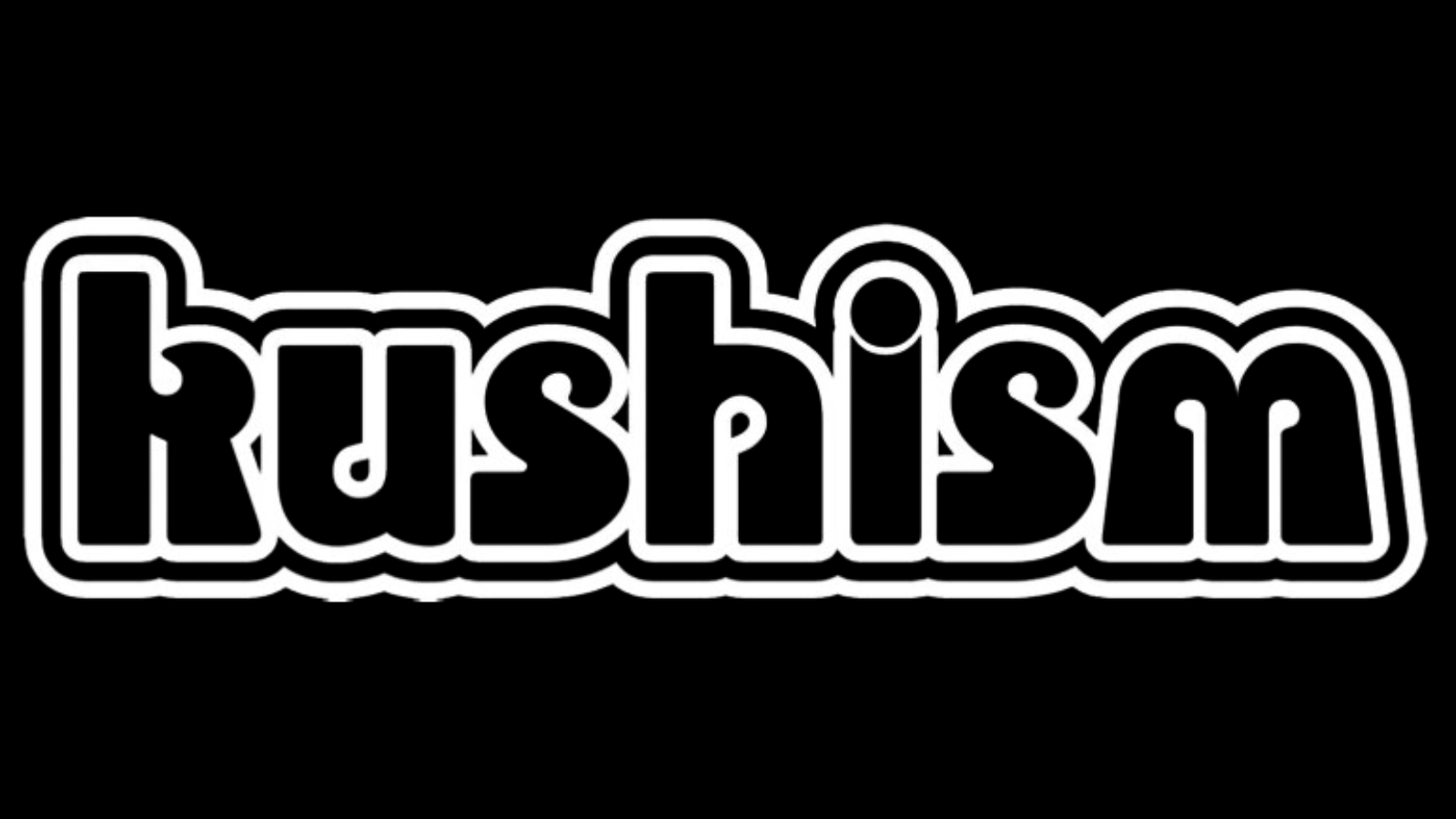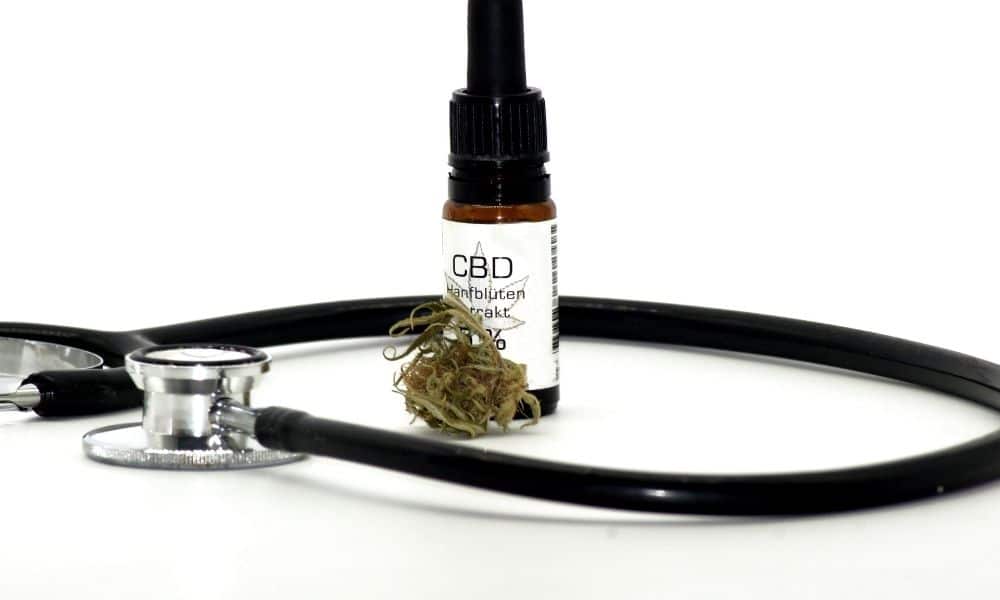In 1996, California became the first state in the US to legalize medical cannabis. This was the first time US lawmakers formally recognized the health benefits of cannabis since its prohibition in 1937. But in reality, the cannabinoids and terpenes that grant cannabis medicinal effects have probably been revered by different cultures since before the invention of agriculture. Here’s our brief history of cannabis as medicine.

2737 BC: China’s Emperor Shen Nung is pro-cannabis
Oral traditions that are passed down from Emperor Shen Nung for hundreds of years afterward recognize cannabis as a treatment for over 100 ailments.
2000-1000 BC: Therapeutic significance in Southern Asia
The Indo-European Scythians use cannabis in steam baths. The Atharva Vedas Hindu texts describe cannabis as a ‘joy-giver’ and ‘bringer of freedom’. Ayurvedic medicine explores cannabis for treating epilepsy, anxiety, bronchitis, and more. In 1000 BC, Bhang, a drink of cannabis and milk, is used as an anesthetic and anti-phlegmatic. Bhang is still incorporated into Hindu rituals today.
1550-1213 BC: Egypt demonstrates medical applications
The Egyptian Ebers Papyrus, a preserved medical document, lists cannabis for treating fever, pain, inflammation, and uterine contraction. Cannabis pollen has since been recovered from Ramesses II’s mummy, who died in 1213 BC. Egyptians around this time use cannabis for inflammation, glaucoma, and administering enemas.
450 BC-79 AD: Evidence from the Ancient Greeks and Romans
Greek physician Dioscorides documents cannabis for toothache, earache, and to suppress sexual longing. Ancient Greeks also use it for edema and inflammation. Upper-class Roman women use cannabis to soothe labor pains. Pliny the Elder writes that cannabis boiled in water will “ease cramped joints, gout too and similar violent pain“.
1 AD: Chinese Pharmacopeia
The Pen-Ts’ao Ching pharmacopeia details the medical use of cannabis, inspired by Shen Nung’s teachings. It should be used to treat rheumatism, malaria, intestinal constipation, disorders of the female reproductive system, and more than 100 other conditions.
207 AD: Analgesic in China
Hua T’o becomes the first physician to use cannabis as an analgesic. He performs surgeries including organ grafts, and incisions into the loins and chest. For all operations, he uses a mixture of cannabis and wine to anesthetize his patients.
800-1000 AD: Mixed reception in the Arabic world
Across the Arabic world, cannabis adopts a large number of properties, including analgesic, anti-inflammatory, anti-epileptic, and anesthetic. However, Arab physician Ibn Wahshiyya warns against the lethal effects of cannabis, mentioning it in his Book of Poisons.
1500 AD: The Spanish Conquest
The Spanish conquistadors are the first to introduce cannabis to America. Although initially used for rope or clothes, it will later find a different audience as a psychoactive and medicinal substance.
1833-1850 AD: A breakthrough in Western medicine
Sir William O’Shaughnessy, an Irish doctor working in India from 1833, experiments with separate parts of the indigenous Cannabis Indica plant. He finds it helps with symptoms of cholera, as well as rabies, rheumatism, infant convulsions, and more. O’Shaughnessy introduces cannabis to British medicine in 1842. Cannabis becomes a mainstream Western medicine for many ailments and is even added to the United States pharmacopeia in 1850.
1937 AD-present day: Illegalization and the path to re-legalization
Much of the stigma now attached to cannabis can be traced back to Henry Anslinger, the American prohibition officer whose campaign succeeded in outlawing its use and sale in 1937. In 1970, cannabis was classified as a Schedule 1 drug in the US, with ‘no accepted medical use’.
Cannabis Medicinal Properties Pave The Way
With this in mind, the FDA approved two drugs containing THC just 15 years later, used to treat nausea in chemotherapy patients and loss of appetite in AIDS patients. And with many believing federal legalization is just around the corner, it’s surely only a matter of time until all Americans are educated about cannabis’ medicinal power.



